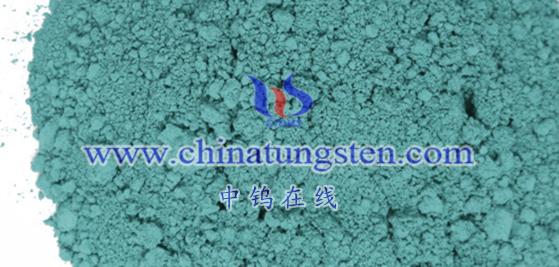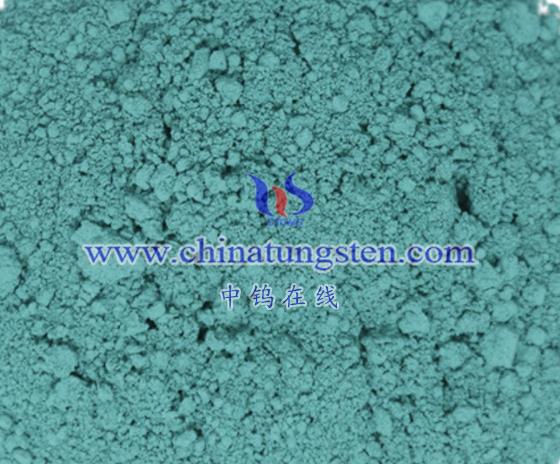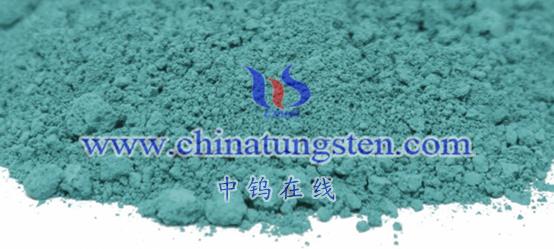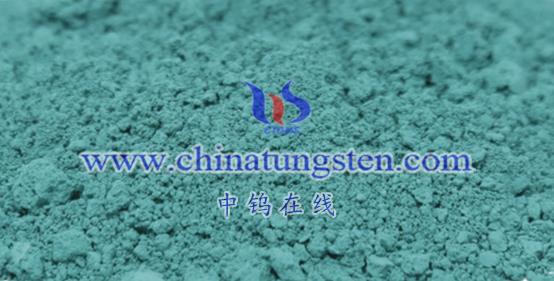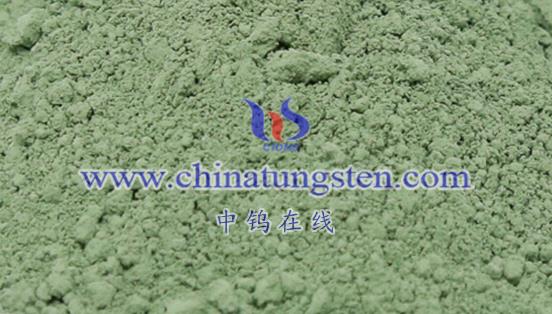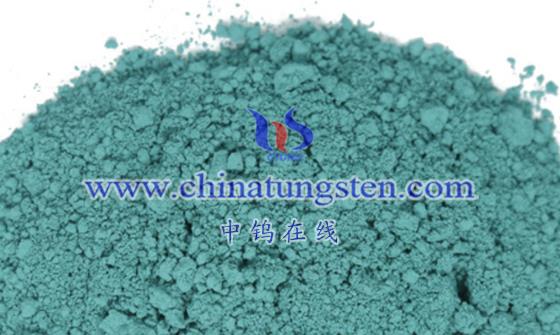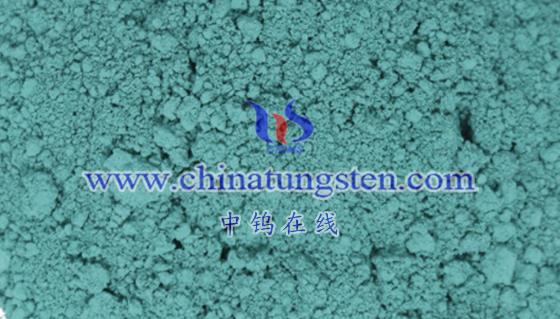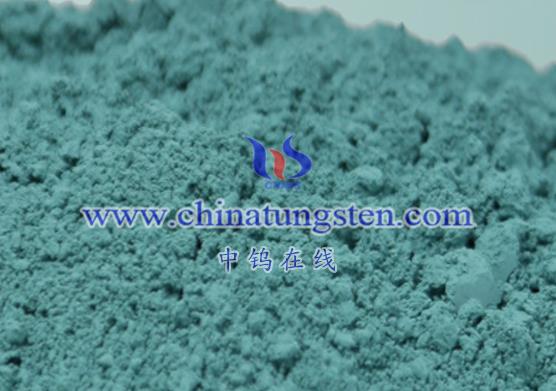
Nano-tungsten oxide photoelectrochemical biosensors leverage the benefits of nanotechnology, photoelectrochemical analysis, and biorecognition techniques, resulting in several significant advantages. Here are the primary advantages of these sensors:
- High Sensitivity and Detection Limit
Due to the high specific surface area and excellent photoelectrochemical properties of nano-tungsten oxide materials, these sensors can significantly enhance the detection sensitivity for target molecules. This capability allows the sensor to detect target molecules at extremely low concentrations, resulting in a low detection limit. This feature is particularly important for trace analysis in fields like biomedicine and environmental monitoring. - High Selectivity and Specificity
By incorporating specific biorecognition elements (such as antibodies or aptamers), the sensors can achieve high selectivity and specificity for target molecule detection. The interactions between these biorecognition elements and target molecules have a high degree of specificity and affinity, ensuring that the sensor accurately identifies and detects target molecules even in complex biological samples. - Rapid Response and Real-Time Monitoring
Photoelectrochemical processes typically exhibit fast reaction rates, enabling the sensor to produce significant changes in photoelectrochemical signals within a short time. This rapid response capability allows for real-time monitoring and dynamic analysis, making it suitable for scenarios that require quick detection results. - Stability and Durability
Nano-tungsten oxide materials possess good chemical stability and thermal stability, allowing them to maintain consistent performance under various environmental conditions. This stability ensures that the sensor retains high reliability and durability during long-term use, reducing the frequency of maintenance and replacement. - Low Background Noise and High Signal-to-Noise Ratio
Photoelectrochemical analysis methods measure direct signals such as photocurrent or photovoltage at the electrode surface, helping to avoid interference factors like solution resistance and electrode polarization that can occur in traditional electrochemical analysis. This reduces background noise and improves the signal-to-noise ratio, enhancing the accuracy and reliability of detection. - Ease of Miniaturization and Integration
With the continuous advancement of nanotechnology and microfabrication techniques, nano-tungsten oxide photoelectrochemical biosensors can be miniaturized and integrated. This miniaturized sensor is not only portable and easy to operate but can also be integrated with other devices or systems to perform more complex detection and analysis tasks. Miniaturization and integration also contribute to lower manufacturing costs and power consumption. - Wide Application Potential
Due to their unique performance advantages, nano-tungsten oxide photoelectrochemical biosensors have broad application potential in various fields, including biomedicine, environmental monitoring, and food safety detection. They can be used for detecting disease biomarkers, monitoring environmental pollutants, and identifying harmful substances in food, among other applications.
In summary, nano-tungsten oxide photoelectrochemical biosensors demonstrate immense potential and value across multiple fields, thanks to their high sensitivity, selectivity, rapid response, stability, low background noise, and ease of miniaturization and integration.
More details of tungsten oxide product, please visit website: tungsten-oxide.com
Please contact CHINATUNGSTEN for inquiry and order of tungsten oxide:
Email: sales@chinatungsten.com
Tel.: 86 592 5129595
